Early in the morning on September 14 we went to the Pakruojis synagogue, where we were met by a cultural worker who received us warmly and spoke about the wooden synagogue built by the local Jewish community in 1801. Its function changed and it became a primary school as well as a house of prayer. After the Holocaust the synagogue was nationalized. During the Soviet period it was a theater, then an athletics gymnasium. The unique building fell into disrepair and ruin. In 2017 the synagogue was restored with its authentic interior, according to period photographs, which show playful drawings on the ceiling. Currently the synagogue serves as a space for cultural and other events. The second floor–the women’s gallery–houses an exhibit on the Jewish past, along with examples of the original walls.
Pakruojis was just the first part of the tour and we travelled on to the land of wind, Liepāja [Libave] on the Latvian coast. It is also a land of amber, a port and a holiday destination. The rustling and smell of the lime trees [liepos in Lithuanian, a folk etymology–trans.] give the city its name. But we weren’t there just to look at the pretty town, we were there to visit the largest Holocaust memorial in Latvia. About 7,060 Jews including about 3,000 Jews from Liepāja were murdered in the dunes around the town of Šķēde on the Baltic Sea. In total about 19,000 people of different ethnic backgrounds were murdered here. The site recalls one of the worst breakdowns in humanity in the preceding century. The memorial occupies a territory of 4,120 m² and is arranged in a menorah shape with contours formed of natural rocks and granite slabs, with the “lights” of the menorah represented by granite steles resembling gravestones with inscriptions in Hebrew, English, Latvian and Russia from the prophet Jeremiah. Members of the Panevėžys delegation honored the dead and left a wreath there.


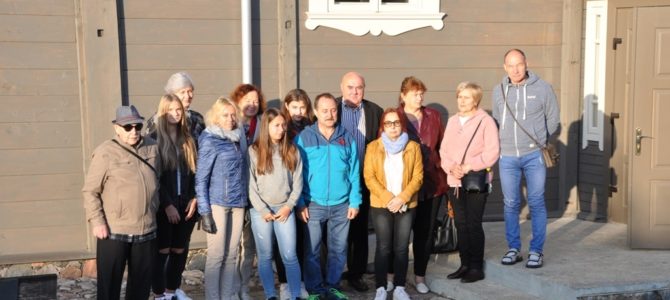
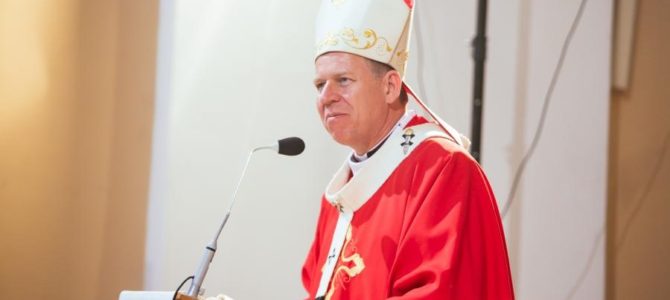

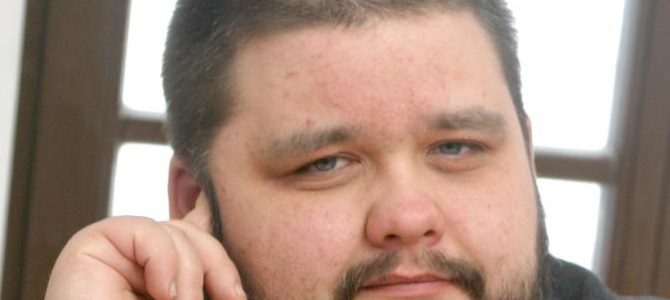

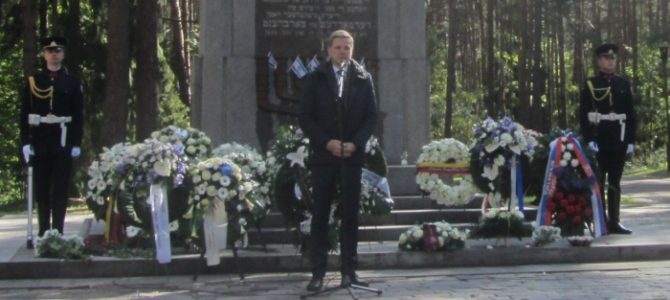
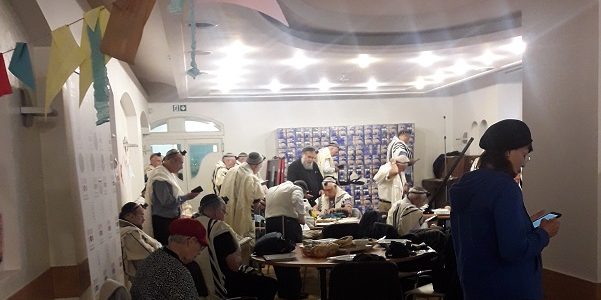
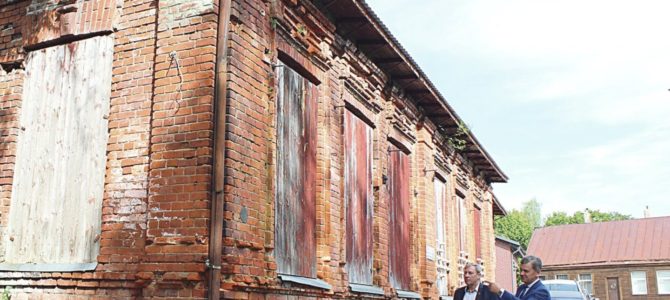

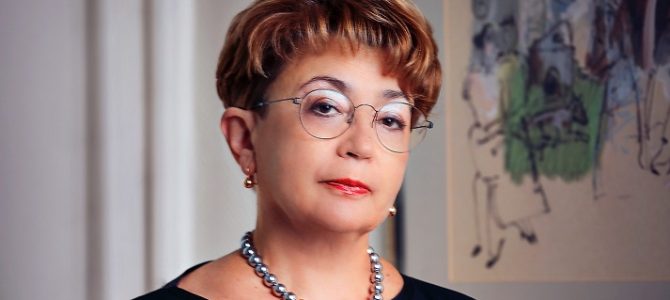
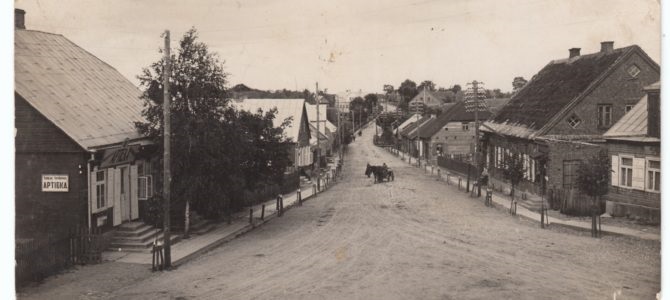
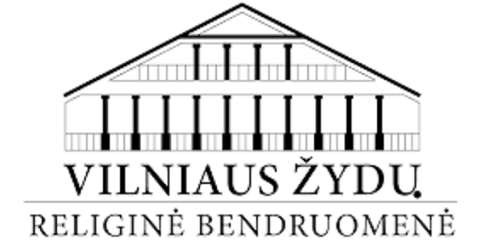
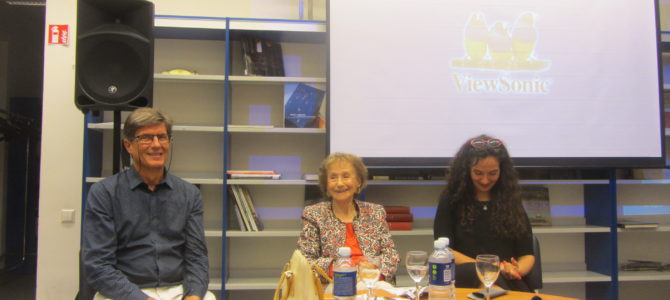
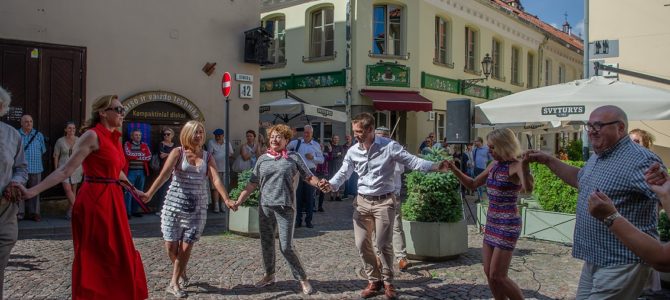
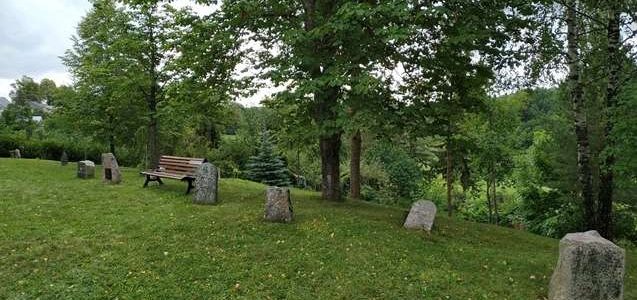
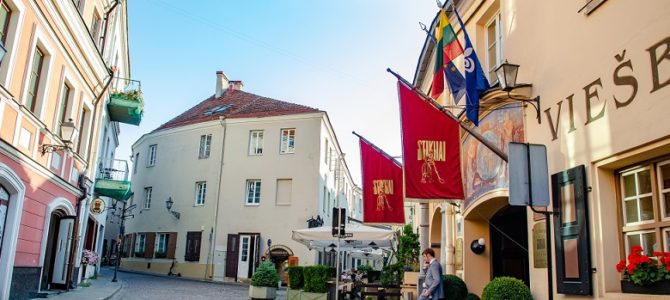


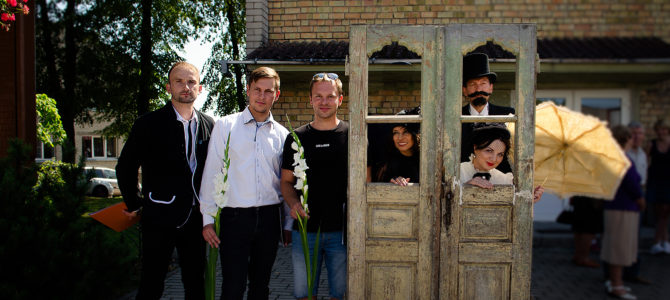
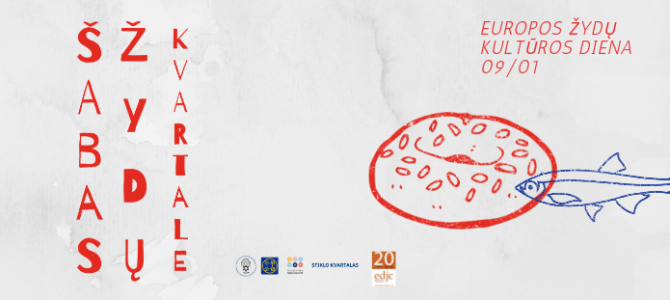
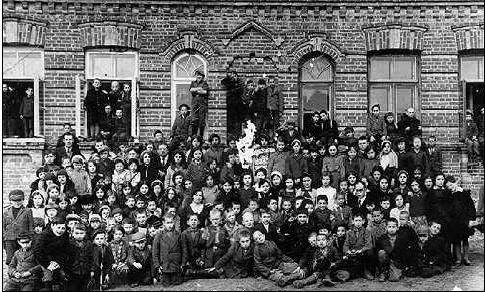
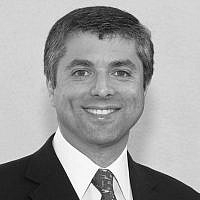 by Grant Arthur Gochin
by Grant Arthur Gochin